| Crystals | |
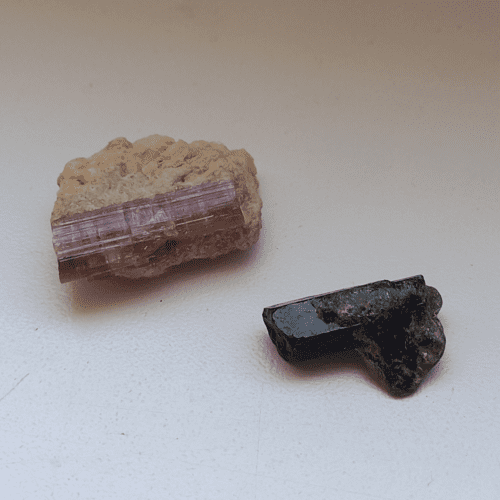 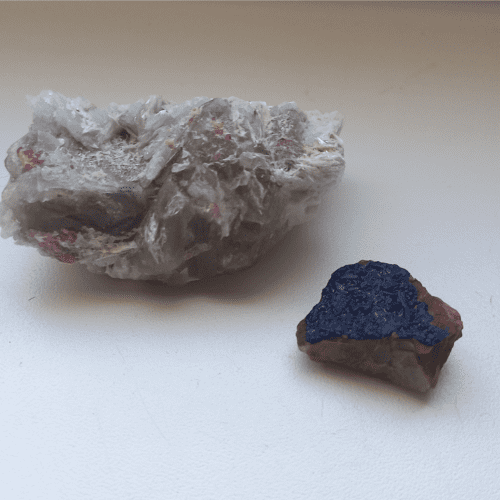
| Tourmaline & Azurite Tourmaline is a boron silicate mineral, though the tourmaline gem family incorporates a wide range of elements.Tourmaline crystals form in more colors than almost any other gem and share similar crystal structures. However, the chemical composition varies so much, three species were established: schorl, dravite, and elbaite. Some tourmalines also show a cat’s-eye effect called chatoyancy. Cat’s-eye tourmalines are most often green, blue, or pink, with an eye that’s softer and more diffused than the eye in fine cat’s-eye chrysoberyl. Azurite is a blue copper carbonate mineral known for its vibrant color and long history in the arts. The stone’s vivid cobalt hue led artists to grind it into paint and dye for centuries, and the color can be seen in some of the world’s most famous artwork.Two notable Renaissance artists who used azurite pigment are Raphael and Hans Holbein the Younger.Italian painter Raphael’s altarpiece Madonna and Child Enthroned with Saints features azurite blue in Madonna’s veil, though weathering has replaced the azurite blue with green malachite pigment. |

| Ruby in muscovite A variety of Corundum.A red, gem variety of corundum. The red colour is caused by minor amounts of trivalent Cr replacing Al in the crystal structure.In traditional gemmological terms, ruby has to be blood-red and of clear, facetable quality to justify the name, however in wider usage any corundum with a red or reddish colour has attracted the name 'ruby', and this name is usually applied in this way by mineral collectors. |
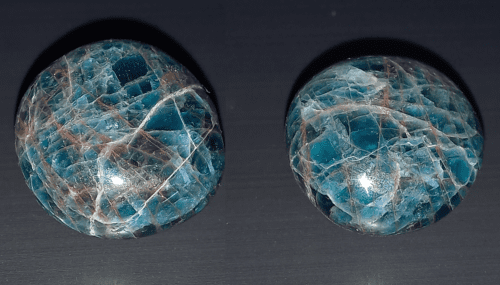
| Apatite The name ('apatit') was invented by A.G. Werner probably sometime in the mid-1780s, which he later described as being named from the Greek verb aπasάω (strictly ἀπasάω; transliterated as apatáō) as the derivation, which means ‘to deceive’ (someone) or ‘to be deceptive’, because, as he wrote, "until now it has misled all mineralogists in its identification." |
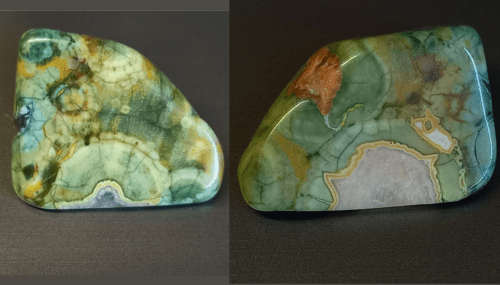
| Malachite Named in antiquity (see Pliny the Elder, 79 CE) molochitus after the Greek μαλαχή, "mallows," in allusion to the green color of the leaves. Known in the new spelling, malachites, at least by 1661. Frequently found as pseudomorphs after azurite, or as alteration pseudomorphs after cuprite. Less frequently occurs as pseudomorphs after atacamite, brochantite, chalcopyrite, tetrahedrite, chalcophyllite, gypsum, libethenite, calcite, sphalerite, cerussite, and pyrite. |
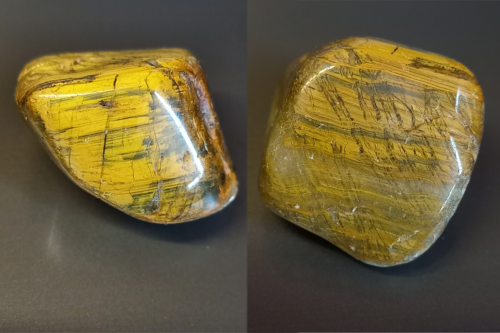
| Tiger's Eye the original discovery of tiger’s eye (pseudocrocidolite) was made by the French traveller and ornithologist Francois Levaillant in 1784.In Levaillant’s account of his second voyage into the interior of South Africa [Levaillant 1796], he describes arriving at a large river (the Orange), and finding pebbles along the beach on its banks:-“I also saw one extraordinary stone, to which I cannot yet give a name. It is as large as a nutmeg, has a varying splendor like the opal or cat’s eye, but is of a browner hue, with a gold-coloured belt. It strikes fire with steel. Since my return to Europe, I have sought for such in vain in cabinets and among traders, but I have been able no where to meet with one. Neither the naturalist nor the jeweler knows it. This stone at present is in Holland, in the possession of one of my friends, Raye de Breukelward, and constitutes a part of his valuable collection.” [at p.208]. |
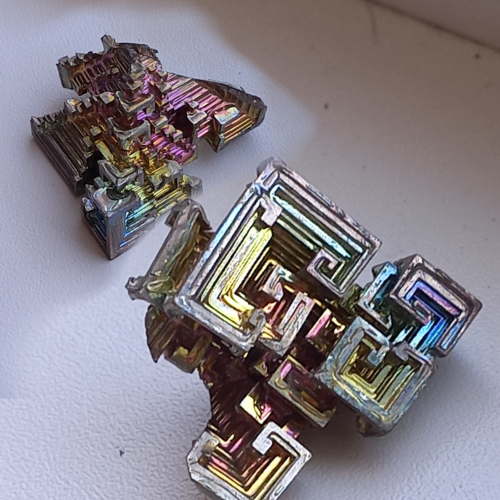
| Here's one of my favourites!!!It's called Bismuth :) Bismuth has been known since ancient times. It was often confused with tin and lead, however, it is an element in its own right, number 83 on the periodic table. In its naturally occurring form, it is an iridescent silvery white crystalline, brittle metal and is very rare. |
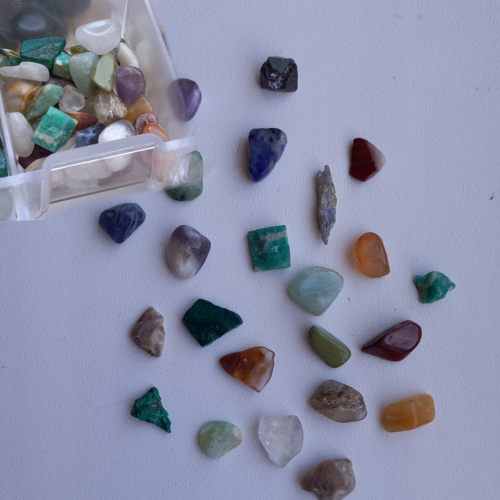
| One day i went to another town to see caves. Nearby the cave that was a shop,and here i bought two or three little books with gems inside. First one called 'Gems for Zodiac Signs' and the other for different properties,like for luck,health,wealth and other. I was young and for some reason decided to cut gems off books,and keep them like small samples. (There's a picture in the left corner shows how i keep them,in a transparent case) |
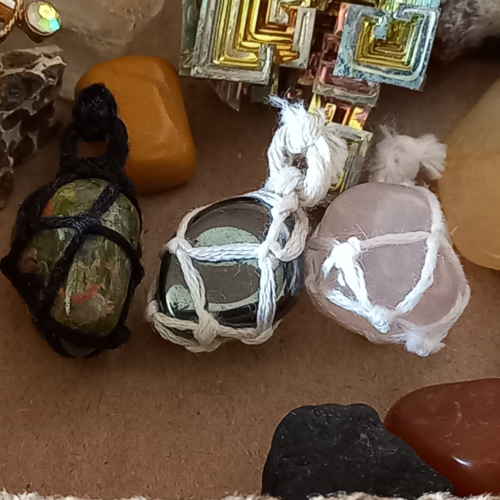
| I made few gem pendants at the beginning of summer.You can find how to make them on Pinterest. |
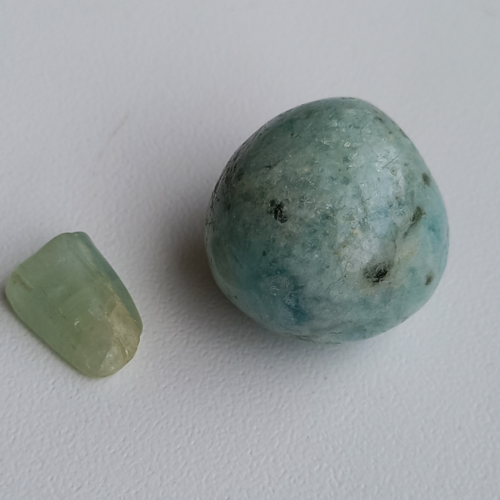
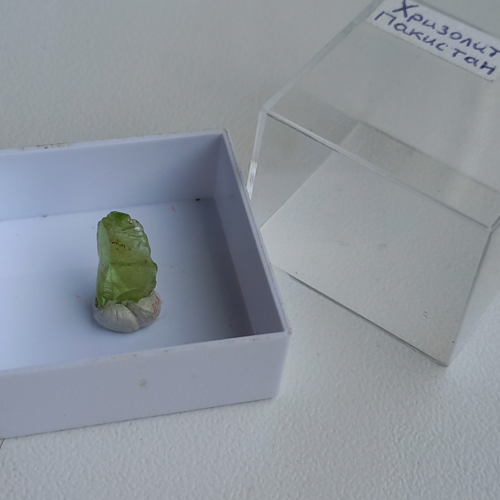
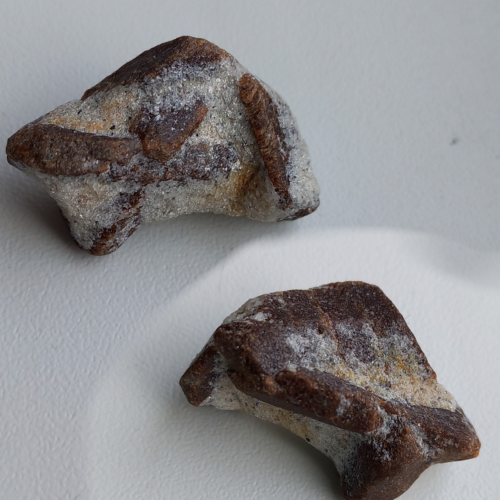
| Gems which i struggled to find are Aquamarine,Peridot(or Chrysolite) and Staurolite. Peridot one is the most expensive and hard to find in my city.And still i haven't seen more Peridot in shops, not mentioning one i own. |
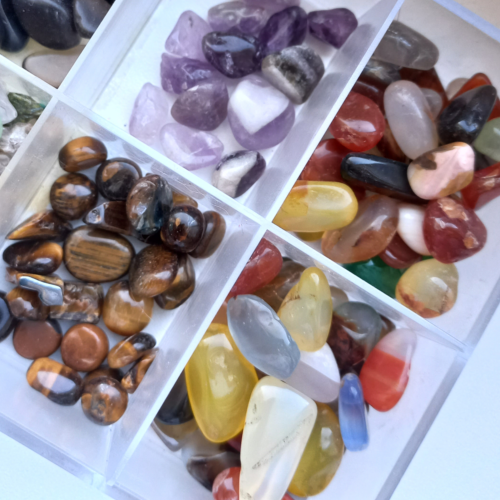
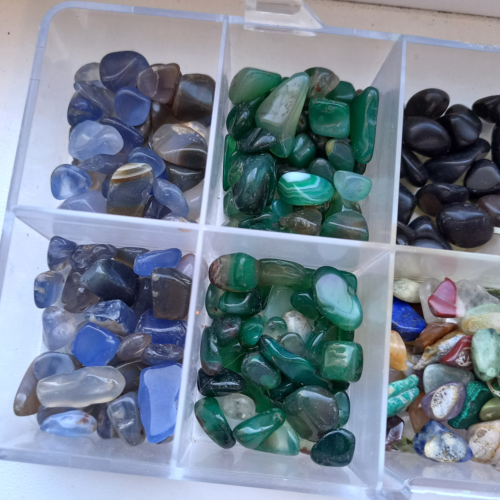
| Last New Year i gifted myself a present that included different agates and quartz (I bought them online, and i don't think these are natural stones, they look artificially created,but still pretty) |
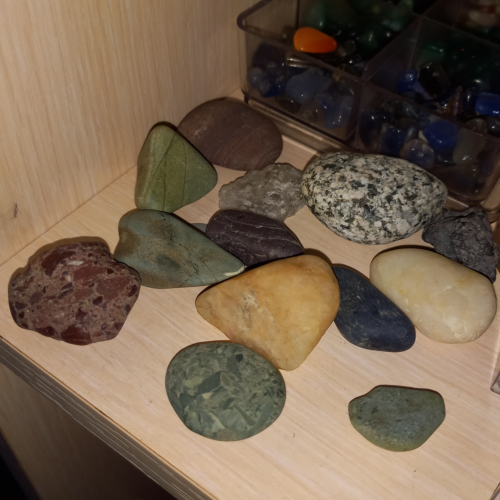
| Rocks i found near the river in Altai |
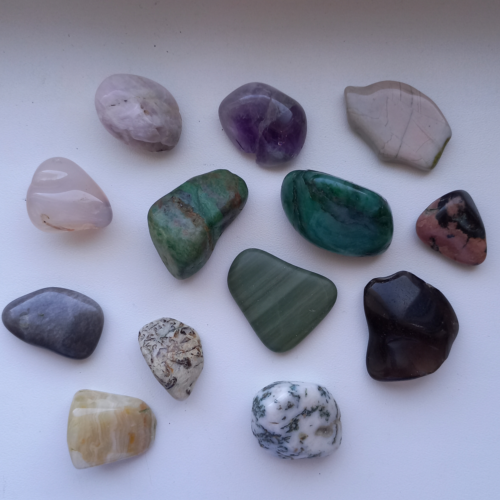
| At the same time i bought the previous one collection, i also bought these gems. In a shop there was a box with corrupted crystals,which were not good enough for selling with bigger price.So these had a discount(about -50% of the price). Sure poor me wanted to buy some,even if they didn't look nice.But look!!They all look quite nice. |
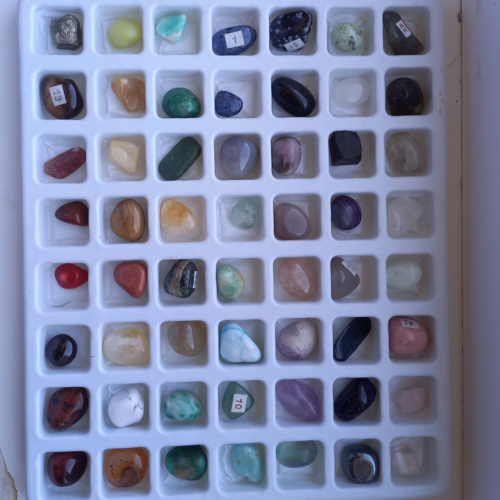
| The biggest update in my collection happened in 2016-2017. There are quite a lot of different kinds of Jasper,Quarts,few Chalcedonies. |
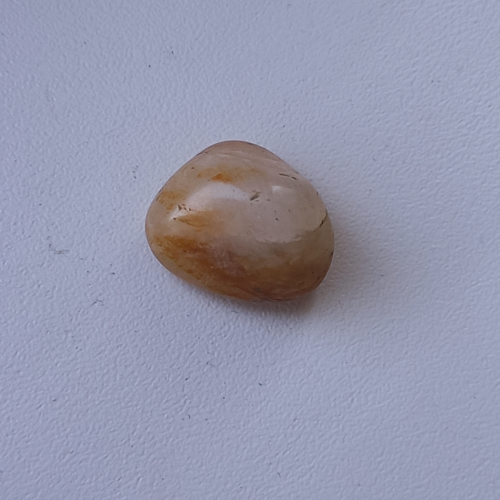
| Once i had a trip with my classmates to the small town(it looked much like a village), and in a museum they were selling agate,so i bought one.Even if it looks simple and not bright,it brings me pleasant memories about past. |
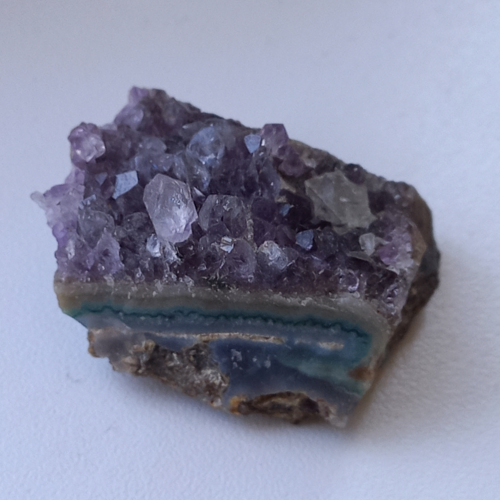
| When i started to think more about them, i bought that one typical journal about gems with an amethyst included |

| The story begins in 2015 when i found my first gem, which was simply resting in a parking lot. While i was walking by i saw something sparkle on the ground. That one Pyrite gem laid in a large amount of gravel surrounding him. But them i found more,and more Pyrite in a gravel.. The total amount of them was about 10 gems i think..? Well,that walk made me think about gems like something i'm interested to know more about, for the first time. |
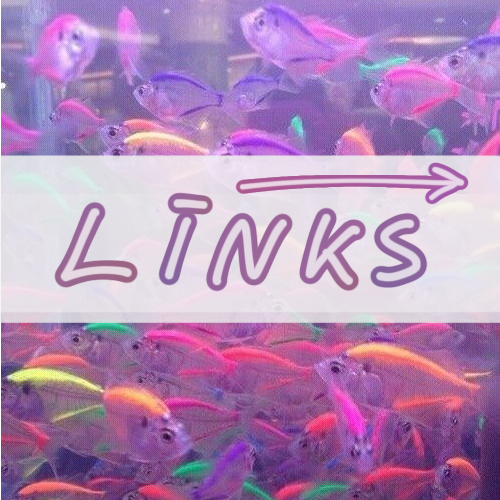
| List of sites i get info from: https://www.mindat.org/ ,https://feelcrystals.com.au |